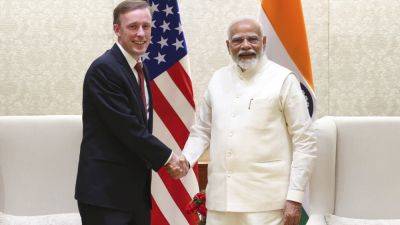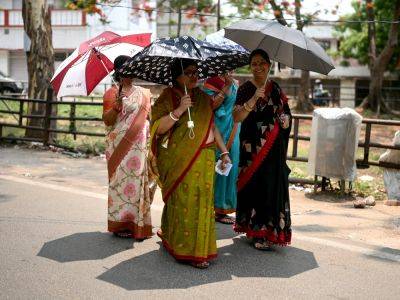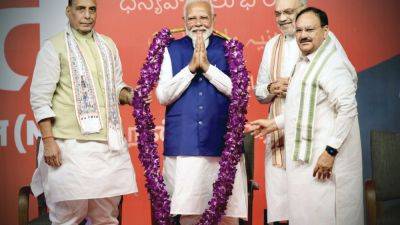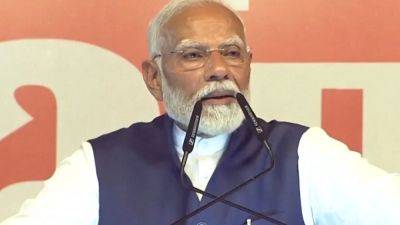India’s final vote: In temple town Varanasi, Modi and sarees are winners
Modi is expected to comfortably win his seat, but the margin of victory could reveal how his party is doing nationally.
Varanasi, India – Indian Prime Minister Narendra Modi has a reputation for mounting spectacular road shows replete with a fawning audience showering petals of marigold flowers on him.
It’s a pattern India has witnessed across multiple cities over the past many weeks, amid the largest election that the world has ever known. And the optics have worked well for Modi in the past in Varanasi, the 4,000-year-old city in the politically vital state of Uttar Pradesh, which is his parliamentary constituency. Here, the congested lanes and bylanes amplify the perception of a packed crowd spilling over for a glimpse of the prime minister.
That is how it was again on May 13, when Modi led a 5km-long (3-mile) roadshow through the city that sits on the banks of the Ganges river. Some rumours, amplified by some local journalists, suggest that Modi’s Bharatiya Janata Party (BJP) brought in supporters from neighbouring districts. But as Varanasi gets ready to vote on June 1 in the final phase of India’s mammoth election, hardly anyone in this city, which holds deep religious significance for Hindus, is under any doubt about Modi’s almost-certain win from the constituency.
“The only point of contention is whether Prime Minister Modi will win by the same margin as last time,” said Vishwambhar Mishra, a professor at Indian Institute of Technology (IIT) Benaras Hindu University and the president of Sankat Mochan Foundation, Varanasi, which campaigns for cleaning the Ganges, a holy river for Hindus. In the 2019 parliamentary elections, Modi won by a margin of about 600,000 votes.
The margin of Modi’s expected win is not







